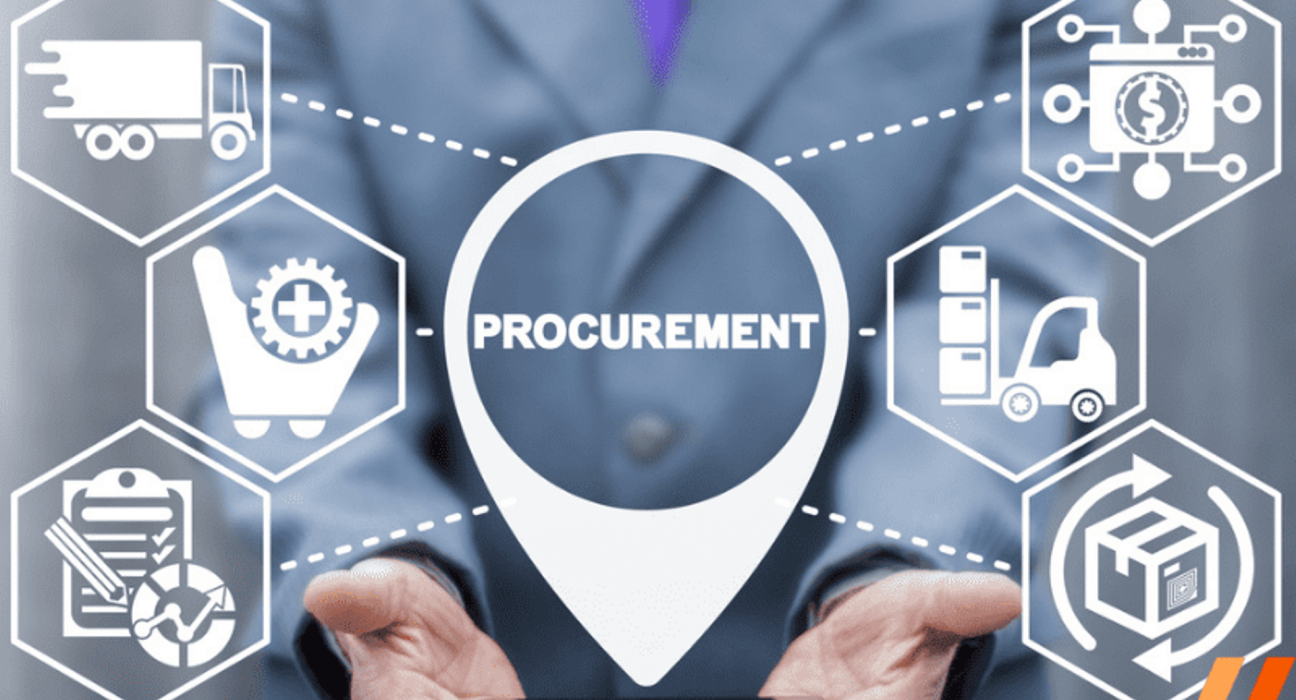The procurement lifecycle is the order in which the various phases are completed from beginning to end. It includes all of the procedures necessary to manage procurement, from your initial contact with possible vendors until the delivered items are handled and used by the relevant department inside the business.
Knowing the procurement lifecycle will provide your company with an easy-to-follow guide for setting up and managing your procurement operations.
Following are 13 phases of the procurement lifecycle–
- Define the needs of the company
The procurement cycle’s initial phase is entirely internal. The goal at this step is to define the requirement, frame it, and describe it in perspective of what it should accomplish for you inside your business, whether it’s a person or a company that must be bought to support the internal operation.
- Perform a market analysis
After you have a good idea of what the goods you want to buy, the following stage is to conduct the necessary market research. This entails evaluating the choices offered by various suppliers and estimating the cost of either producing the requirement internally or acquiring it from a 3rd party.
- Create a plan
When you identify your demands and choose a supply approach, you are in the planning stage of a strategy.
- Carry out market research
Simply said, market testing involves gauging consumer reactions to see what adjustments should be made to your buying strategy. You may adjust your buying strategy to accommodate prevailing market conditions by doing market research.
- Create a thorough specification and documentation
The specification stage is when relevant parties determine the specifications you need for each supply item, such as the criteria for the product’s quality, quantity, and functionality.
- Choosing a supplier to take part in the tendering process
It might not be possible to receive bids from every potential supplier based on your sector. The best course of action in this situation is to compile a list of acceptable strategies and use it to narrow down the eligible providers to participate in the procurement procedure.
- Publish bid documents
The shortlisted suppliers are provided tender documentation, such as requests for quotes and proposals for pricing, along with a specific deadline for their response.
- Evaluation and validation of bids and tenders
After the bids from the shortlisted suppliers have been received, the assessment procedure entails evaluating each vendor and their proposals in-depth and transparently to decide which offer will be most advantageous to your company.
- Awarding contracts and carrying them out
After choosing a preferred vendor, the current contract stage is where the conditions of the customer engagement are outlined in detail. After both parties have agreed on accountability and performance KPIs, economic system, logistics, billing, and contract management conditions, the contract is signed, and work on the goods agreed upon begins.
- Storage organization and receipts
As soon as the supply contract is signed and accepted, the vendor is in charge of supplying the client with goods that adhere to the standards set forth at the time of contract award.
- Performance under contract and development
According to the provisions of the deal, both the vendor and you, the supplier, must conduct periodic reviews from time to time to assess how well the customer engagement has been performing, spot any lapses in the relationship, and map out a course for the future to support improved performance.
- Relationship management with suppliers
The continuing process of managing your relationships with your suppliers, supplier relationship management (SRM), involves evaluating each supplier to determine the appropriate amount of contribution needed to uphold your relationships in order to achieve your strategic goals.
- Asset administration
Your firm’s demands may alter over time for several reasons, such as shifting your attention to different market areas or growing or modifying your product range.
With the help of sophisticated tools, procurement lifecycle management software enables businesses of all sizes to manage the procurement cycle effectively and efficiently, relieving you of manual labor.






